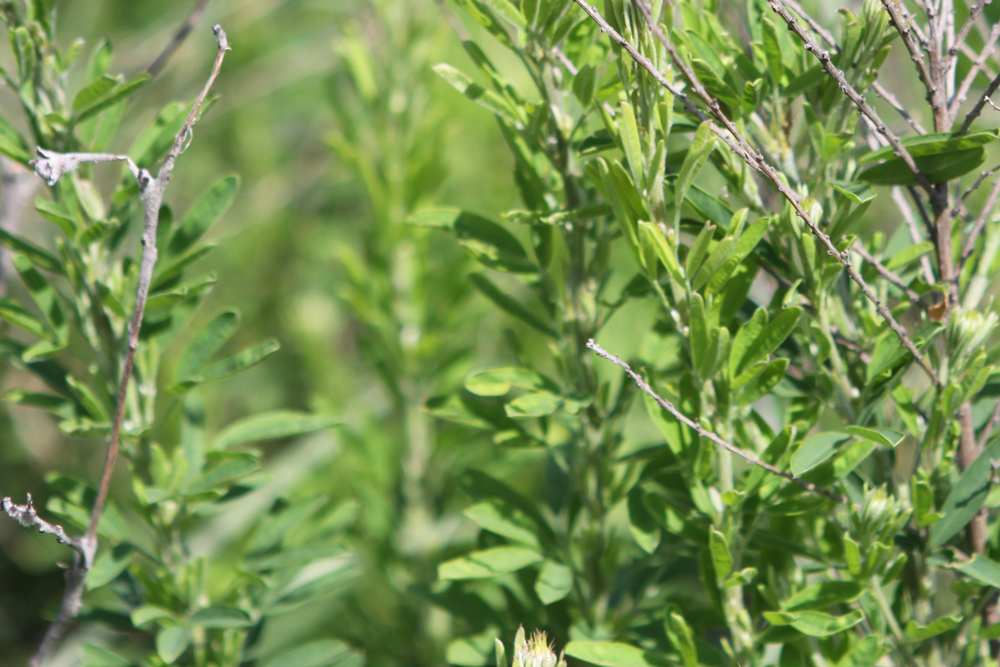Herbicide Application for Broadleaf and Woody Plants
How to Use Herbicides to Control Invasive Plants
Herbicides can be a very effective tool to manage unwanted or invasive plants on a property. However, if not used with a targeted approach they can be ineffective, extremely costly, and desirable plants can be damaged.
Broadleaf Vs. Woody Plants
Broadleaf plants and woody plants are two separate plant classifications. Each requires different herbicides and stages of plant growth to successfully kill the plants.
Broadleaf Plants
Broadleaf plants don’t need as much leaf area to effectively kill the plant as woody plants. Broadleaf plants should be young, short plants in early stages of growth.
Woody Plants
Woody plants are commonly damaged and not effectively killed with herbicides because they are treated like a broadleaf plant. Woody plants need more leaf area to kill the plant. The amount of leaf area can be difficult to determine depending on the plant’s past management (cut trees that are resprouted, shrubs, fresh growth, etc.). Woody plants need to be treated with herbicides specific for woody plants not herbicides for broadleaf herbaceous plants.
Herbicide Consulting
Too often we see people losing a lot of money on ineffective herbicide applications. Spraying can be one of an operation’s biggest inputs, we believe in a targeted approach that achieves goals and saves money. We work with landowners and managers on consulting and planning herbicide applications. We develop a plan for our clients to reach their goals and save money. Our plans include defining target species, proper herbicide application, correct herbicides to be used, we coordinate the spraying, and check the effectiveness of the herbicide.


